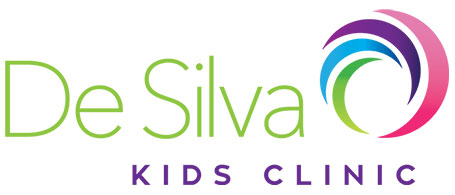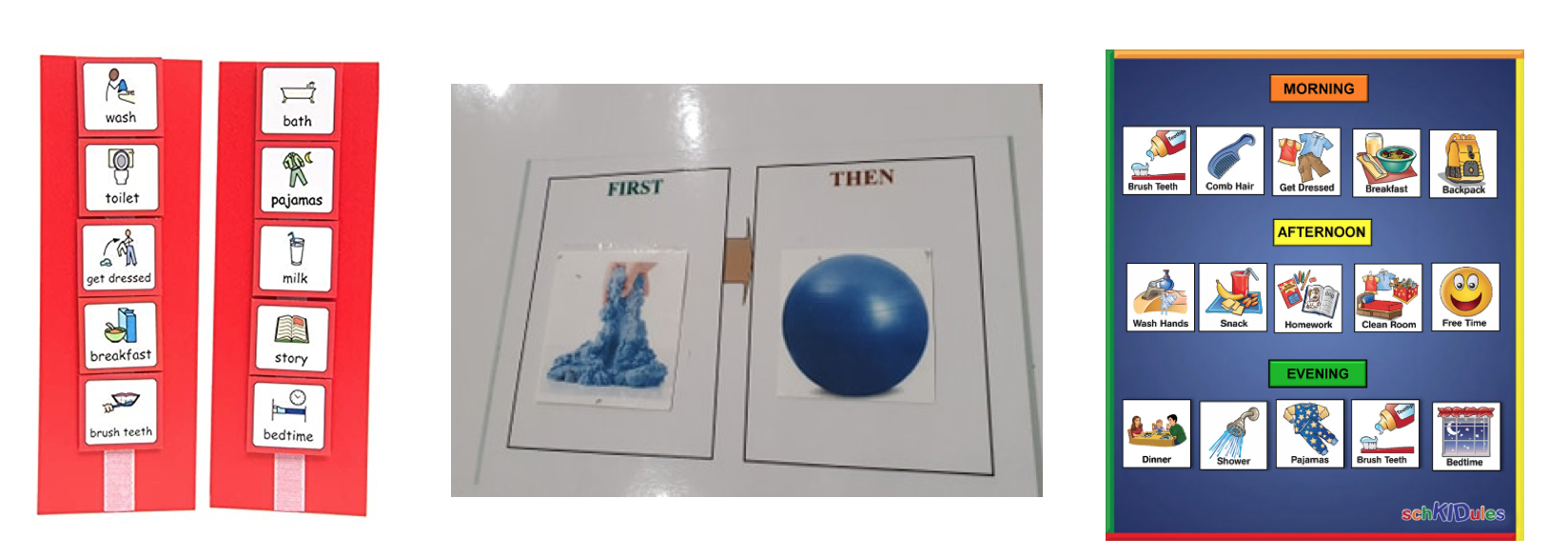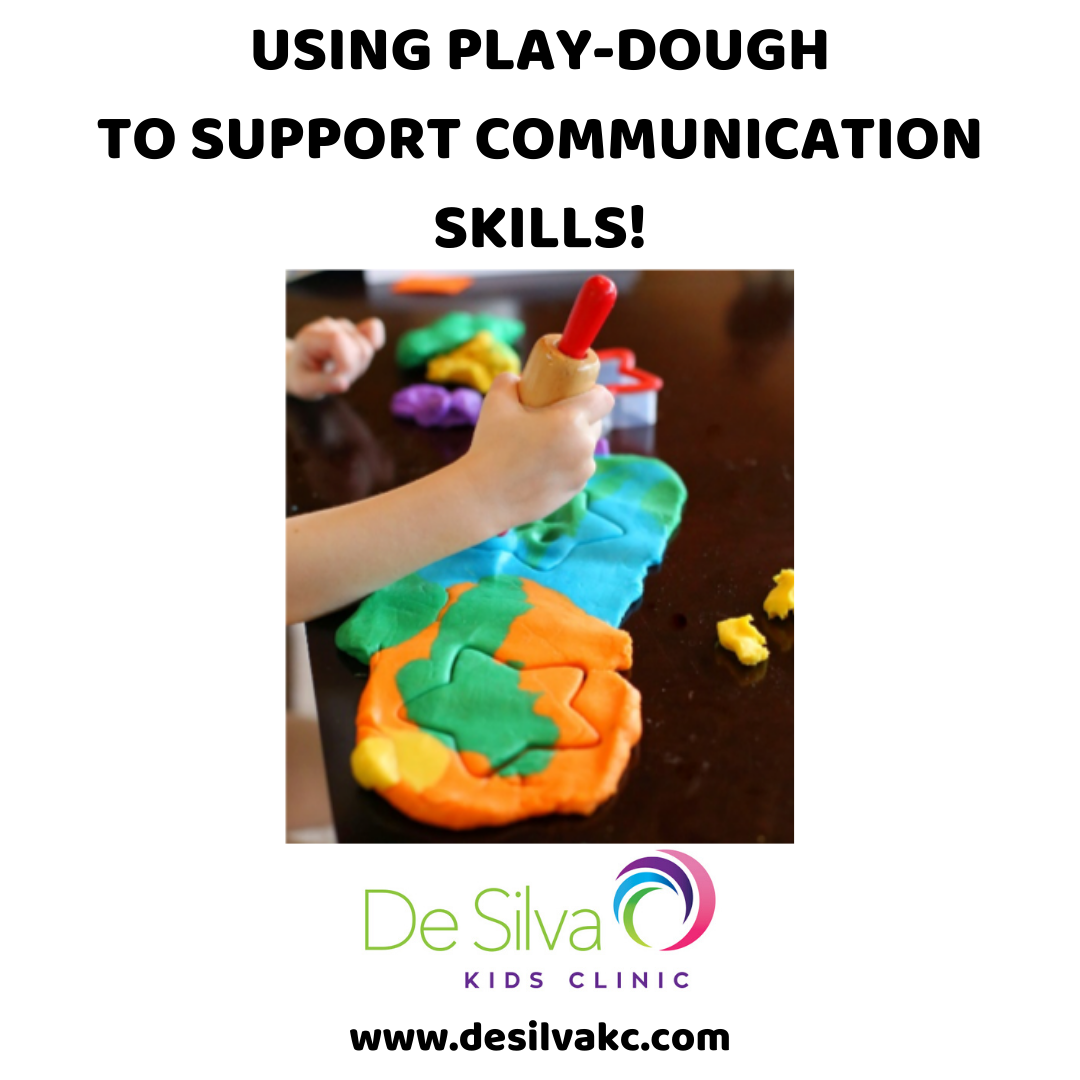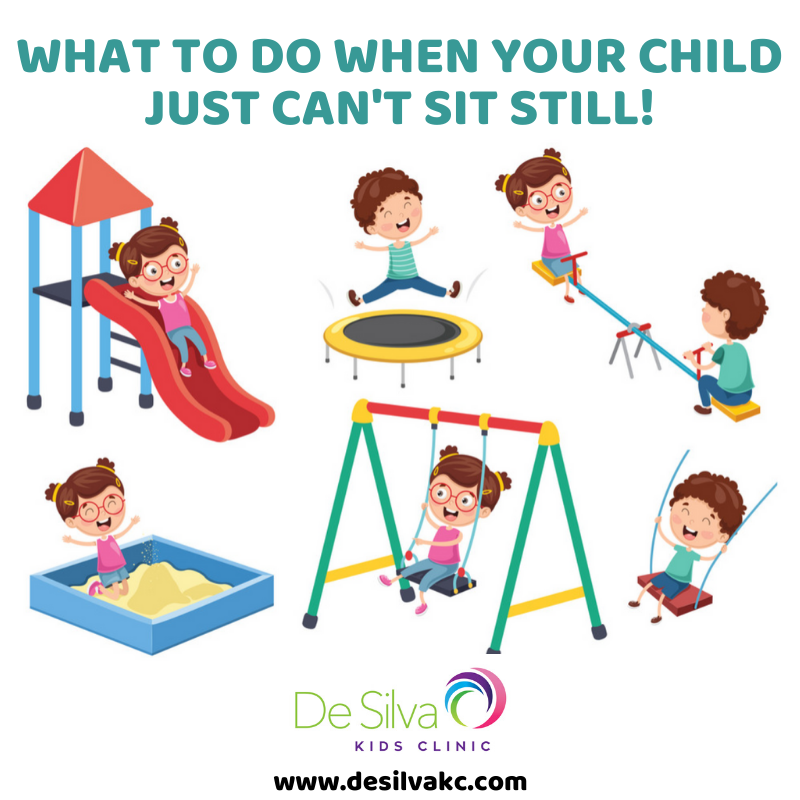The Coronavirus (COVI-19) outbreak has been unpredictable and stressful for all of us and as a result we have had to change our everyday routines and adjust accordingly. Adjusting to new routines is difficult, especially for children who have Autism and for those children who struggle with change.
A great way to help your child adjust during these unforeseen circumstances is by integrating a visual schedule into your day. A visual schedule helps to provide routine in your child’s day and a structure that is predictable. Visual schedules can also help children who have ADD/ADHD as it helps them focus, complete tasks and can also help with transitioning from one activity to another.
What is a visual schedule?
A visual schedule is a board that lays out the sequence of upcoming activities or events by words, pictures, objects or pictures and words.
What can a visual schedule help with:
1. Routine and predictability
2. Organisation
3. Transition from one activity to another
4. Reduces anxiety
5. Helps your child communicate needs and wants
6. Literacy development (as pictures are often paired with words which assist in comprehension and recognition of words)
7. Reinforces verbal instructions (especially for children who have difficulty with receptive language)
8. Teaches sequencing and time concepts
9. Facilitates language through visuals
10. Increases independency
These are some examples of visual schedules you can re-create.
Written by Senali Alahakone – Speech Pathologist at De Silva Kids Clinic






